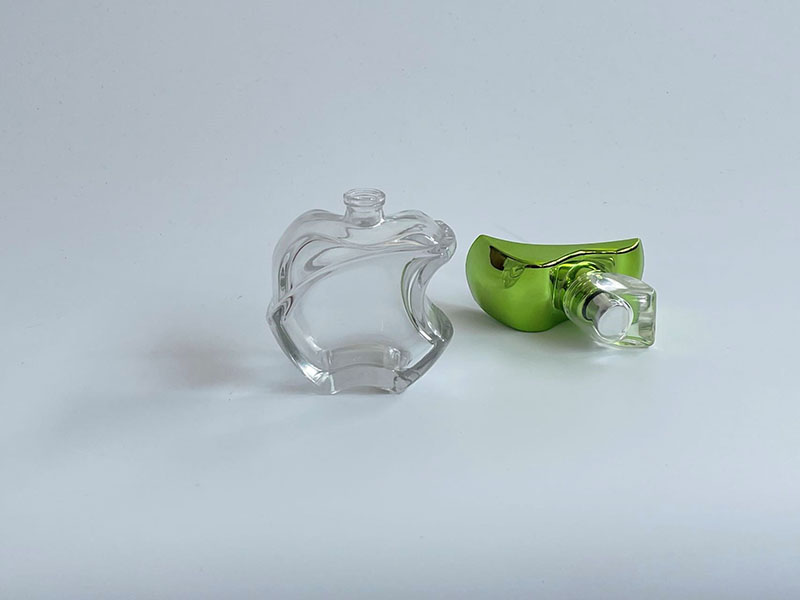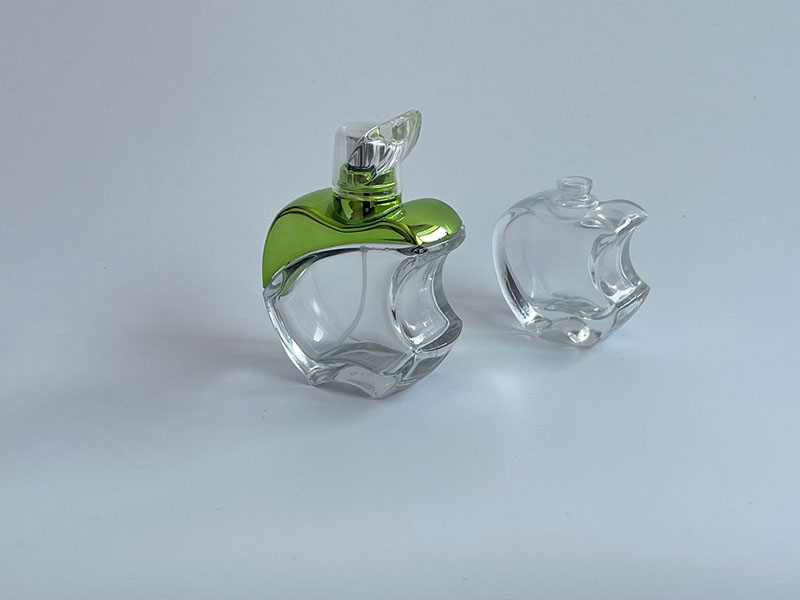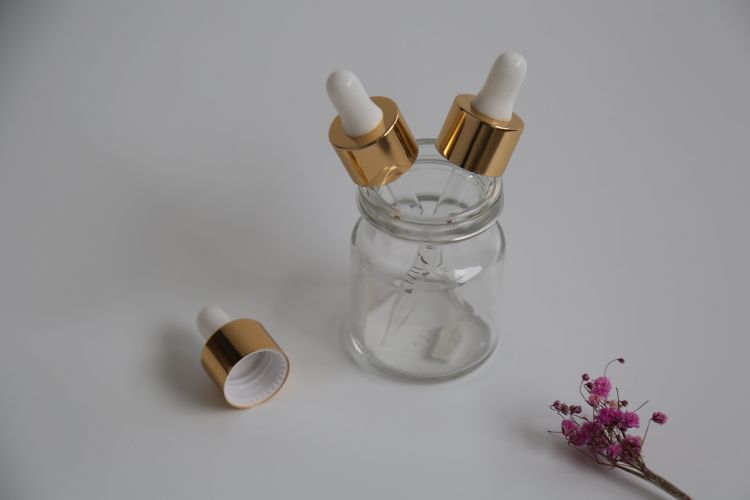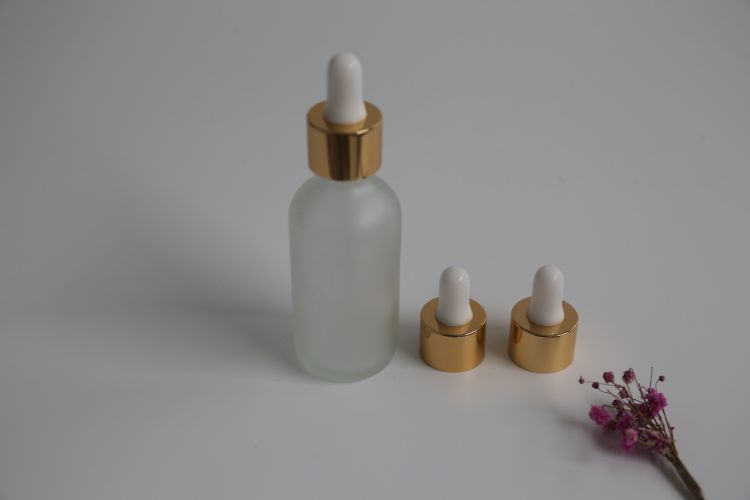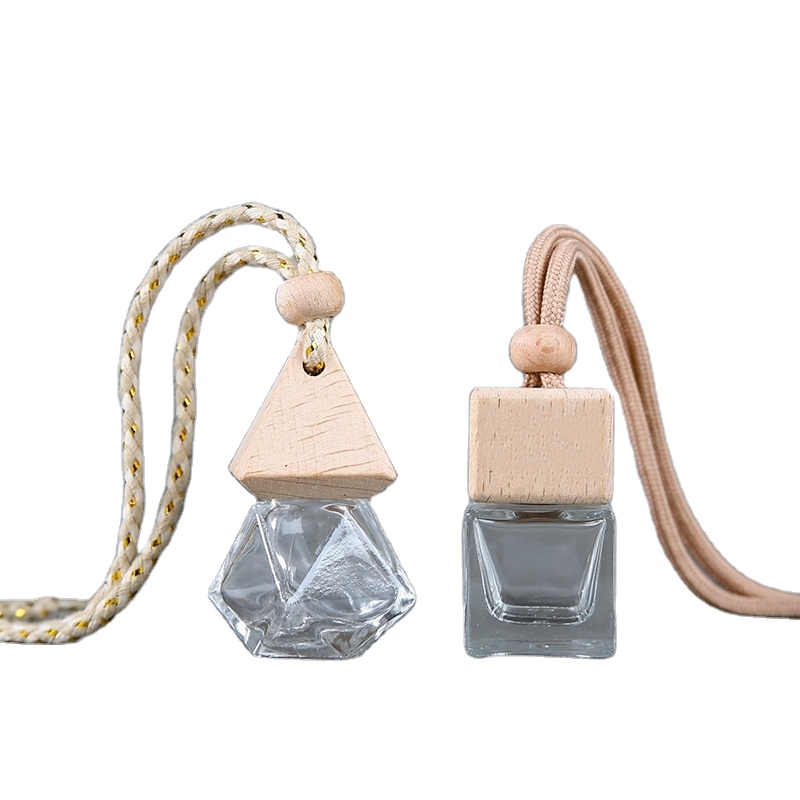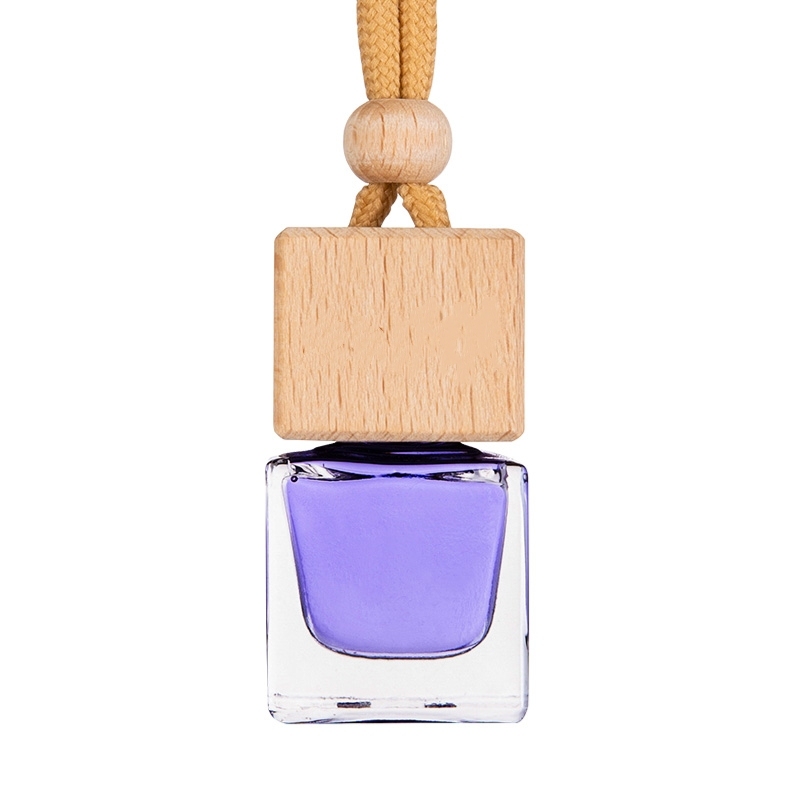Since ancient times, glass bottles have been used by human beings as daily necessities, decorations, industrial raw materials, and exist in people's living space. In modern life, various electronic devices, such as color TVs, communication equipment, cameras, video cameras, refrigerators, stoves, washing machines in daily life, even aviation, Aerospace and transportation, space partition and lighting in people's beautiful living environment, Decoration and so on are inseparable from glass products.
Glass bottle products mainly relied on manual forming more than 300 years ago, and have been gradually replaced by semi-automatic or automatic mechanical forming since then, which makes glass production efficient, high-speed and refined. In industrial production, there is a large demand for fine products, such as flat glass, glass bottles and cans, glass tubes, communication optical fibers, optical glass and other products, which are used for gifts, Artificial or semi artificial forming methods are often used for lighting and colorful blood vessels.
Due to their different shapes, unit weights and wall thicknesses, different glass compositions, and different molding methods, these glass bottle products can be divided into the following methods: press molding, blow molding, pull to molding, float molding, wiredrawing molding, and missed injection molding. For example, the glass bottle adopts the blow blow blow method and the press blow method, and the flat glass adopts the methods of float, flat drawing, overflow leading down, etc, The glass tube adopts the methods of vertical leading down and horizontal drawing.
Although the forming methods are different, they all take advantage of the property that the viscosity of glass increases continuously and rapidly with the decrease of temperature. With the change of viscosity, glass can flow and gradually harden into visco elastic and solid. In this process, crystallization property, surface tension, thermal conductivity, etc. also affect the forming.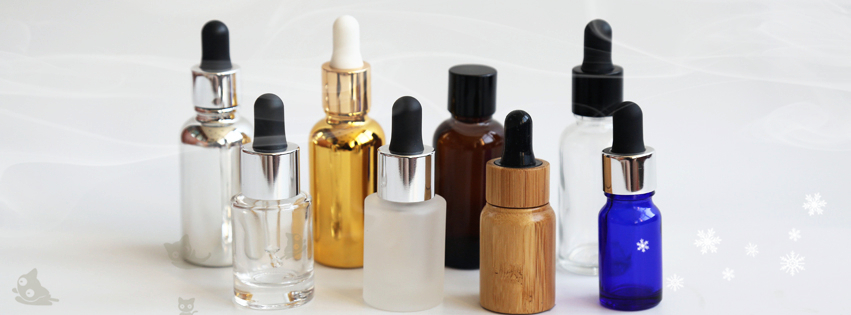

Post time: Jul-15-2022

